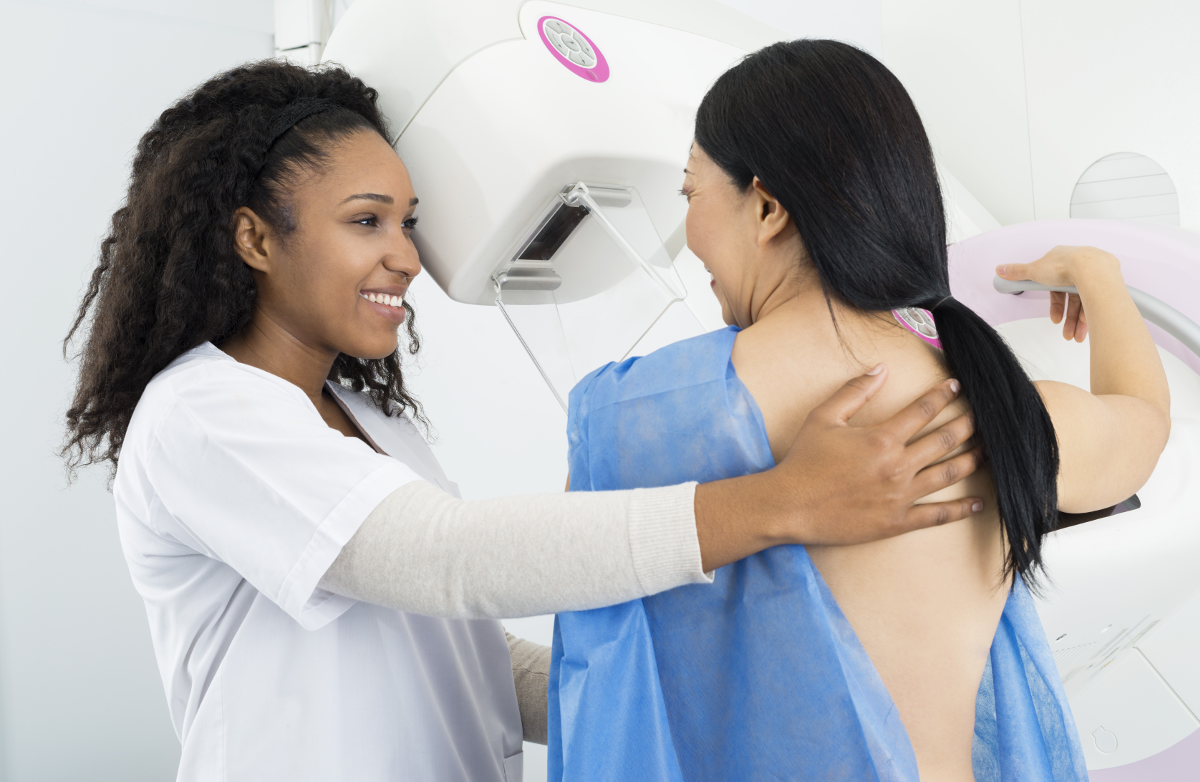Telehealth is growing in popularity, and it’s easy to see why. The virtual form of healthcare is not only convenient, but time-efficient, too. This is especially true if you’re constantly on the go or if you don’t have reliable transportation.
But if you’re new to the world of virtual care, a telehealth meeting can be intimidating. To ensure you get the most out of your appointment, consider these tips from Dr. Melissa Rau, a family medicine physician at PeopleOne Health.
1. Schedule the right type of appointment.
Sure, telehealth is convenient—but it’s not ideal for all types of appointments. That said, in order to get the most out of your meeting, it’s important to consider the type of care you need.
Generally, telehealth is best when you already have an established relationship with your doctor, says Dr. Rau. That’s because there will already be a mutual trust, and your doctor will be familiar with your medical history. It’s also ideal if your appointment is for behavioral health, medication follow-ups, or determining if you should visit urgent care or the emergency room for certain symptoms, Dr. Rau explains.
On the flipside, telehealth is less ideal if you have symptoms that require a physical exam. According to Dr. Rau, this includes new abdominal pain, most skin issues, and “any gynecological symptoms, like vaginal discharge or pelvic pain.” If you’re still unsure, call your doctor’s office before scheduling an appointment.
2. List your symptoms, concerns and questions.
When it comes to in-person appointments, being prepared can make all the difference—and telehealth is no different. In fact, it’s essential for having a productive meeting, especially if you’re short on time. If it’s a follow-up or routine appointment, be sure to take any vital signs—like weight and blood pressure—ahead of time. Similarly, if you were asked to complete lab work, have those results handy.
Otherwise, if you’re meeting about a new issue, Dr. Rau offers these pointers: “Think about how long symptoms have been going on, what did it start with, what new symptoms have come up, [and if] it’s getting worse,” she says. It’s also worth listing what home remedies you’ve already tried, if any, and whether or not they’ve worked.
3. Choose your location wisely.
As Dr. Rau explains, doctors understand that a lot of telehealth appointments are going to be called from work or home. And while omitting distractions isn’t always possible, it’s important to try and minimize them as much as you're able.
For example, you might consider “going into a separate room, making sure you don’t have loud music in the background, [and ensuring] your camera isn’t facing a bright window,” says Dr. Rau. This will pave the way for optimal communication between you and your doctor, and ultimately, allow for the best care possible.
4. Test your equipment ahead of time.
For best results, make sure your equipment is functioning before your appointment. As Dr. Rau notes, your appointment is not the best time to test your computer’s microphone and camera, especially if you’re new to virtual meetings. If you spend the first few minutes going back and forth and trying to connect, you won’t be able to get the most out of your valuable time with your doctor.
On that note, keep the contact information for your doctor’s office handy. This way, “you can reach out if there is a connection issue,” says Dr. Rau.
5. Confirm
If you’re concerned about privacy, rest assured that telehealth appointments are done in a private room with the door shut, just like a physical office, Dr. Rau explains. Medical establishments also use HIPAA-compliant computer software and technology to ensure privacy, she adds. However, if you’re still concerned—and if you’re talking to someone you don’t know—take a tip from Dr. Rau and ask: “Are you in a private area?”
6. Be on time.
“A lot of the time, telehealth appointments are not long appointments, so we may have many of them stacked on each other,” explains Dr. Rau. That said, logging in or calling in on time is vital for making the most out of your appointment. Moreover, when you’re on time, it will help doctors keep schedules for other patients, ensuring they can maintain the convenience of those appointments for everybody involved, says Dr. Rau.













